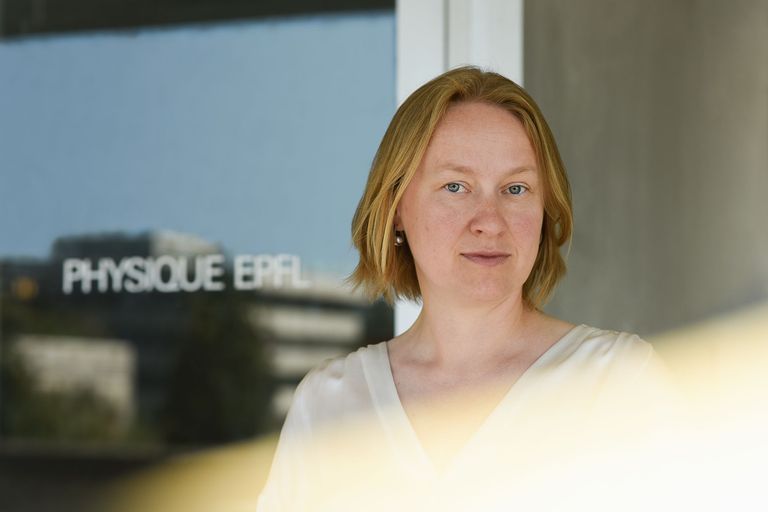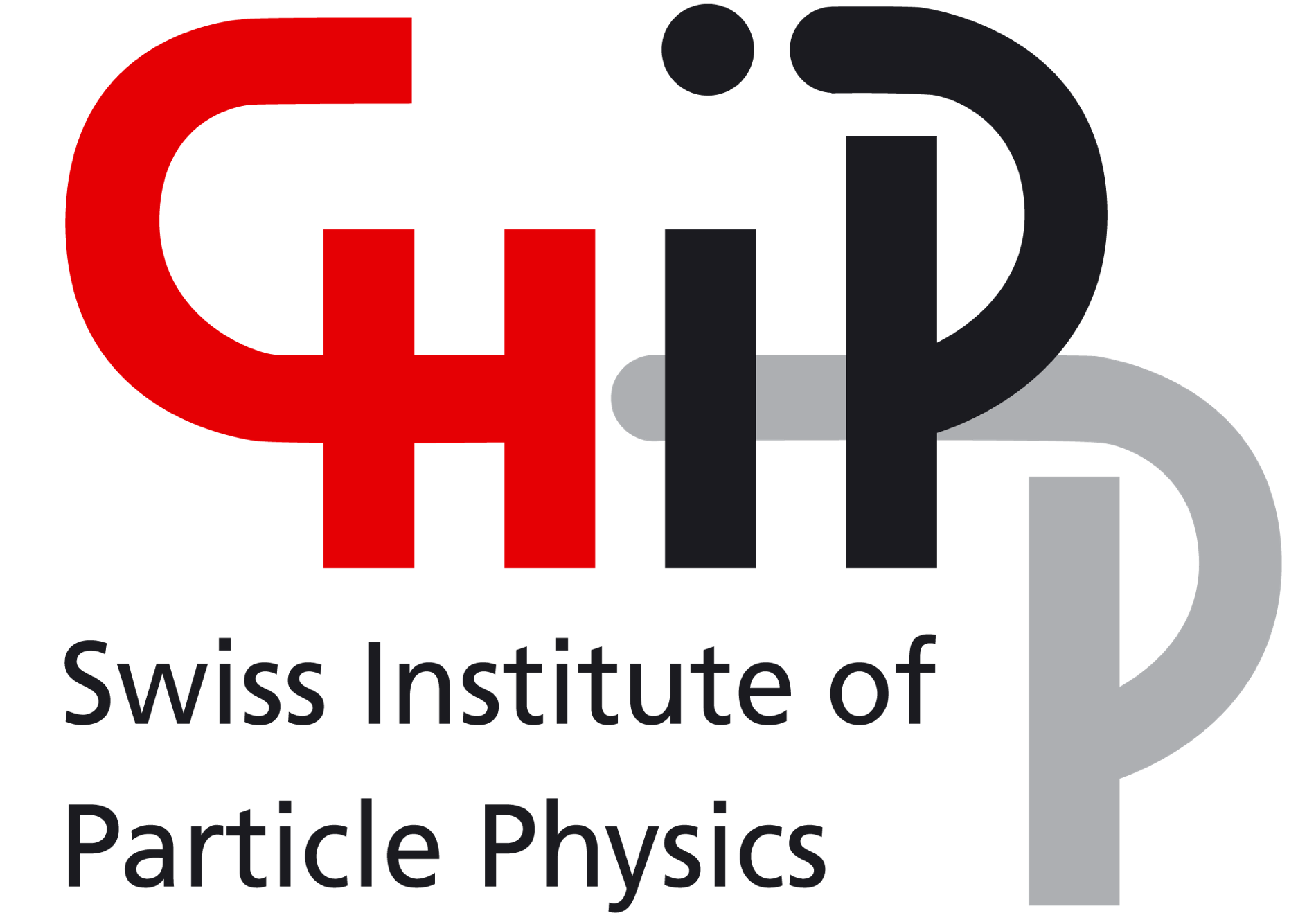Lesya Shchutska is the Prize winner of the Prize Latsis in 2023
Physicist Lesya Shchutska, EPFL professor and winner of the Swiss Science Prize Latsis 2023, is paving the way for the discovery of new particles.

“I am delighted to receive the Latsis Prize. I’m also surprised, though – given that I haven’t made a major discovery in particle physics.” Lesya Shchutska, a professor at EPFL, is clearly being modest about her achievements. But she is realistic, too: “Since the existence of the Higgs boson was discovered in 2012, there is no longer really any theory left to verify in particle physics,” she explains.
Indeed, scientists are not expecting great discoveries. The Standard Model was formulated some 50 years ago and brings together all the discoveries made in particle physics. It functions well with its 17 elementary particles explaining ordinary matter, of which the Higgs boson was the most recently discovered.
The field of «new Physics
However, this model also has a number of weaknesses which physicists are trying to explain. “More specifically, we are looking to fill the gaps in the Standard Model in places where it does not explain certain observations or phenomena, such as dark matter.” The 37-year-old researcher is working on this with her team, as well as with colleagues in numerous institutes throughout the world. It is for her brilliant work in the field of “new physics”, and more specifically her research into particles that would expand the Standard Model, that she has been awarded the Swiss Science Prize Latsis 2023 by the Swiss National Science Foundation.
A soft spot for heavy neutrinos
Lesya Shchutska does in fact have access to a great deal of data to analyse, derived from experiments on particle collisions – particularly between protons. To this end, she works on various experiments at CERN in Geneva, seeking in particular to prove the existence of heavy neutrinos where the Standard Model only assumes the existence of low mass neutrinos.
The theory that heavy neutrinos exist was formulated by Professor Mikhail Shaposhnikov of EPFL to reconcile the Standard Model with certain unexplained phenomena such as the nature of dark matter. “I have a soft spot for that theory,” admits Lesya Shchutska. “Because if you prove the existence of heavy neutrinos, nothing else is required to explain the limitations of the Standard Model.” However, these particles, if they exist, are very difficult to detect because they interact very weakly with known particles.
Although Professor Shchutska has not found them yet, she has not given up hope and is tirelessly exploring new avenues. She is one of the people behind the development of the neutrino detector at CERN as part of a recent experiment. In addition, she may soon be able to use even more powerful tools that will push the current boundaries of research. “We should be able to carry out five to ten times as many collisions in a few years’ time,” she enthuses.
What if she herself were never to make a crucial discovery? “That is of course a possibility. Whatever happens, the experiments we are conducting allow certain hypotheses to be eliminated, which is also a way of contributing to scientific progress. And our developments have other applications, too, including in medicine and data analysis.”

